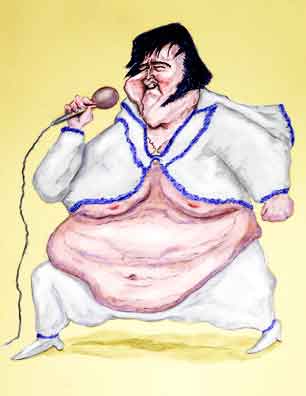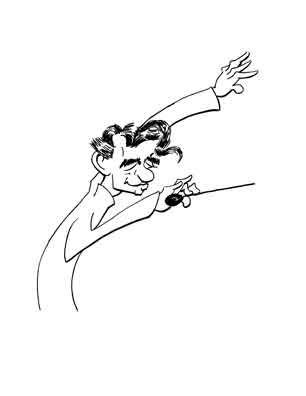The Magical Mystery
Mélange

(Click to zoom in and out.)
Certain websites have been the subject of much comment regarding the selection of the topics and the median manner in the representation. After all, does anyone really care about The Paradox of Achilles and the Turtle, The Wason Selection Test, The Monte Hall Problem, or Humor in the Roman Empire?
And as far as the representational art employed to aid in the declared educational goals, if all you have is a blurred century old photograph of someone nobody knows, how can the typical yet educated reader tell if a rendering is accurate? Oh, sure we remember the words of the great sculptor Bernini when his critics pointed out how he had taken liberties with the likeness of King Louis XIV1. "My king," he replied, "will last longer than yours!" But drawing Gid Tanner is not like sculpting King Louis.
Footnote
Gian Lorenzo Bernini is one of the most praised sculptors of the seventeenth century. In particular he was acclaimed for his ability to work stone. In his statue The Abduction of Persephone the stone seems to have the texture and pliability of soft flesh. In Apollo and Daphne and the Ecstasy of St. Teresa, the carving is particularly intricate and delicate.
But as was true for most artists who were in charge of a studio (in Italian, botega), much of the hands-on work was either by assistants or hired stone workers. We do know that Bernini did much of the original modeling in clay but whether he simply turned the carving over to others - which is what Rodin did - or also wielded hammer and chisel is something art critics have never seem to have resolved. Even Michelangelo - who we definitely know did a lot of the stone work himself - would have assistants involved in the actual carving.
An example of the contrasting philosophies in rendering a subject can readily be seen in two pictures of another king - or rather we should say The King. Although one of the pictures is a more literal representation, the other keeps more with the spirit of the subject. And who is to say which is the superior art?
Is the better representation ...

... this ...

... or this.
But as far as the idea that a website might deliberately celebrate people of limited fame, the Fabulous Four Gentleman pictured above are arguably the most important figures of the penultimate and ultimate Millennium. With them everything changed. Before, kids wanted to be like adults. Afterwards, adults wanted to be like kids (and some succeed all too well). Before, rock-and-roll (ugh) was kids' stuff. Afterwards, rock and roll was praised by America's greatest classical conductor - and even became (gag, retch) easy listening. But most of all before the world's economy was catered to the over-30 crowd. Afterwards, commercial enterprises were for the kids.

He praised rock-and-roll.
But of course no one can always back a winner. In 1967 the short film Magical Mystery Tour was aired on the BBC. The story satirized the popular UK recreation where a group of people, often from one neighborhood, would charter a bus and go off on a day tour. The plot centered around a character named Richard B. Starkey who was traveling (and arguing) with his Aunt Jessie. The show was not a critical success and in fact was panned rather severely.
But have no fear! The Fab Foursome continued to other ventures and the next year released what some consider to be THE most influential recording ever produced. Others, though, disagree and said one of their earlier albums was even better.